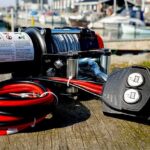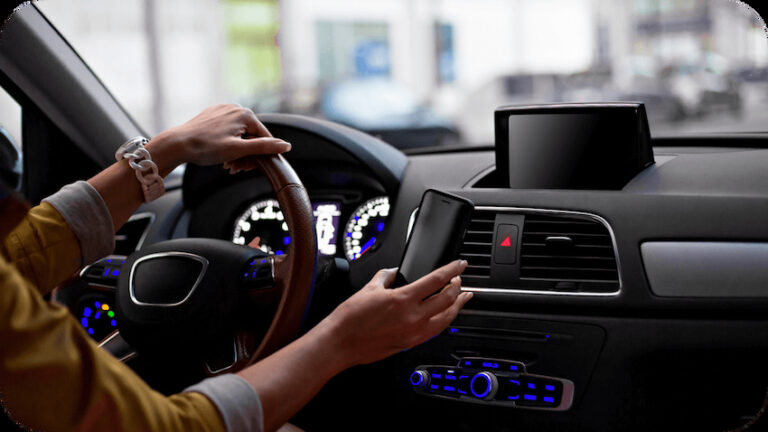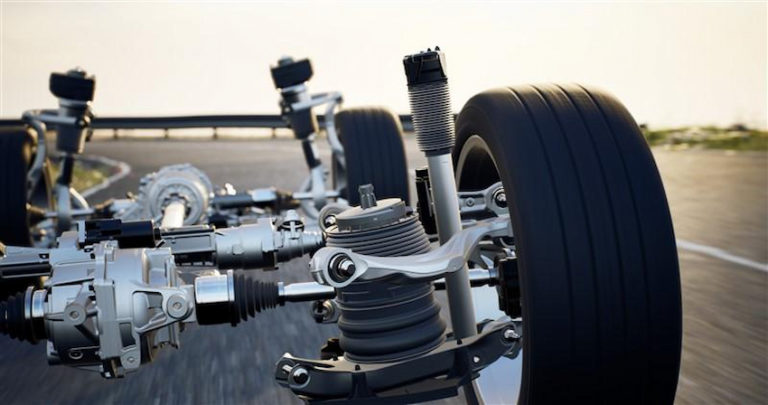Winches have been used for millennia and their practical application has been all across the board. Historically, wooden winches were used to secure pontoon bridges during a military campaign and the military uses them to this day to pull heavy pieces of equipment. Machines that are in essence winches were used in construction long before anyone decided to apply some complex physics in pulling heavy objects. Electric winches today are used in the marine world (aboard vessels), in industrial or mining operations, and even during search and rescue.
No wonder the 4WD bunch noticed they are reliable and began to use them as an essential piece of vehicle recovery gear. Towing trucks had them for a long time, but to put one on your 4×4 bull bar is a step forward by any means. And so the 4WD electric winch became a staple for off-road recovery.
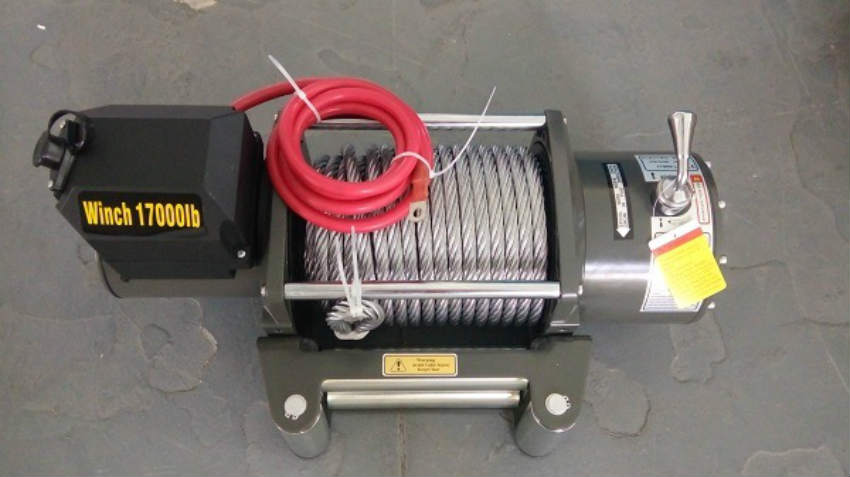
What’s in a Winch
Basically, a winch is a tool that is capable of winding wire while maintaining steady tension. They usually consist of motor, drum, gear, and cable. The motor drives the gear to wind up the drum and pull up the rope. These are the most basic components, however, it can get more complex from here. For example, the motor can be electrically powered or hydraulically controlled, we will review this in detail later. Energy transmission from the motor to the drum can go through different kinds of gears. It’s typical for a 4WD winch to have either a steel cable or synthetic Dyneema rope. Outside of 4×4 off-road world, winches can have other components like ratchets and pawls to stop the rope from unwinding. As well as other contraptions which allow self-tailing of the device.
Less Is More
When you’re looking to buy an electric winch for your vehicle, you need to keep an eye on several features. The winch should correspond to the weight of your vehicle. If it’s too lightweight it won’t be able to pull you out of trouble. If it’s too strong it can miss aligning the chassis and damage your vehicle when put into action.
Common wisdom among 4WDers is to have a winch that is 1.5 to 2 times your gross vehicle mass (or the loaded weight of your vehicle). Winches are rated and this information is always offered in the product specification profile. Another important spec to consider is the line pull weighting of your winch. This unit of measure informs you about the maximum load a winch can exert on the wire. If all that was shared above sound like an alien language to you, you’ll need to consult an experienced mechanic or your retailer to get it right.
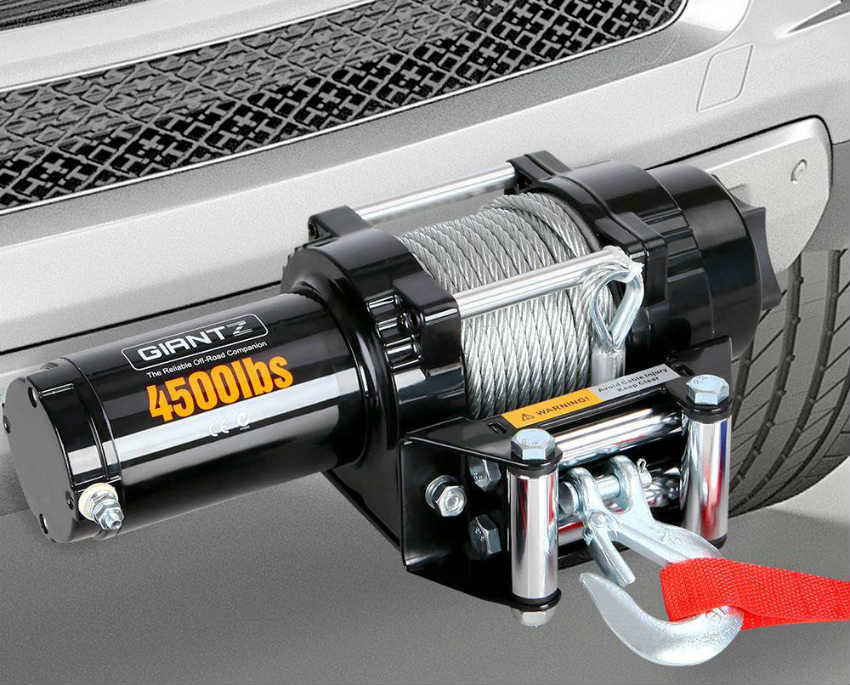
Type of Rope
Winches nowadays have either synthetic wire or steel cable. Steel seems more sturdy, however, the odd accidents that tend to happen during vehicle recovery are more dangerous if such cable is involved. Don’t underestimate the high level of strength that comes with Dyneema rope. Even though it’s completely synthetic, this material has 12-strand braids which makes them remarkably strong. They are water-resistant, float and retain their original shape with no splinters. These synthetic ropes don’t hold as much kinetic energy while under tension, so they are far safer in case the line splits during recovery.
Electrically Operated vs. Hydraulically Controlled
To operate properly, the 4WD electric winch should be connected to the car’s battery. Some off-roaders install an extra battery just for the winch. This is either required by the winch itself (if you have a very powerful model) or is set up so as not to rely on other power banks in the vehicle. This is actually the preferred type of winch because it can still operate even if the vehicle is bogged down in deep mud as long as the batteries are safe. This is what makes these winches an essential 4×4 accessory.
A hydraulically controlled winch in a vehicle means that your motor will have to be running to use the winch. If you have spent some time off-roading, you know that this is not always possible so they are rarely used in such capacity. Hydraulic systems are great, but not when you are off road.
Heavy-Duty Build
Your 4×4 vehicle is probably headed to pass through swamps and high humidity. These 4×4 electric winches are generally made to handle this but do double-check. Heavy duty is a must to resist the elements and the wear they can impose on all systems (including corrosion).
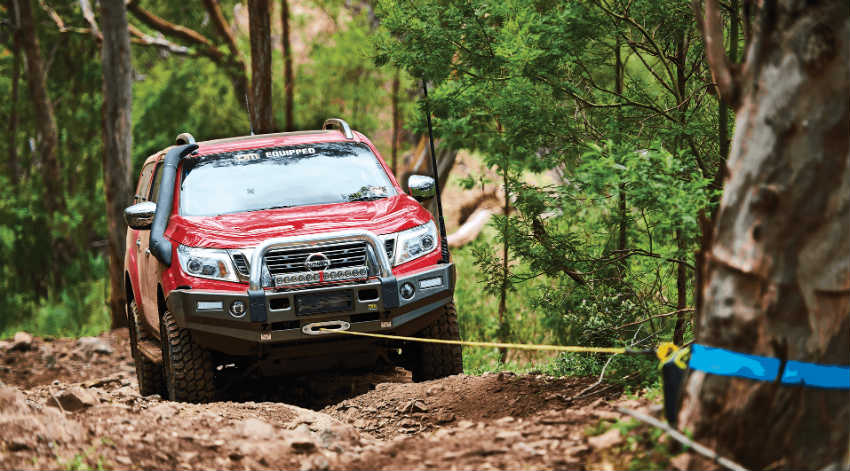
Wireless Remote Control
This is sort of a perk, however, it’s very important in an actual recovery. New models have options for a remote control operation that increases safety by a considerable margin. Winches without remote control (or with control via cable) can put you straight into harm’s way.
Practice Safety Every Time
When you use your electric winch out in the hinterland, take every measure of precaution. Before you put the cable under tension, use a dampener to suppress the kinetic energy of the wire. Always hold high ground because you don’t want to be behind the 4×4 if the cable snaps. Mark all gear with highly visible straps for easy operation and inform everyone in your group that your winch is about to be put in use. If you have wireless control, take shelter at a safe distance before engaging your electric winch.

